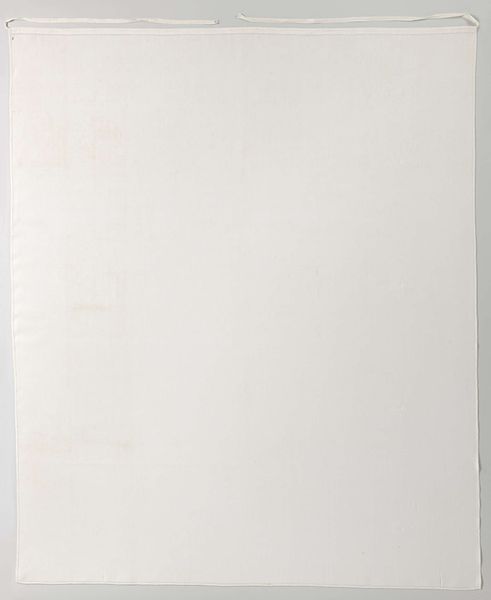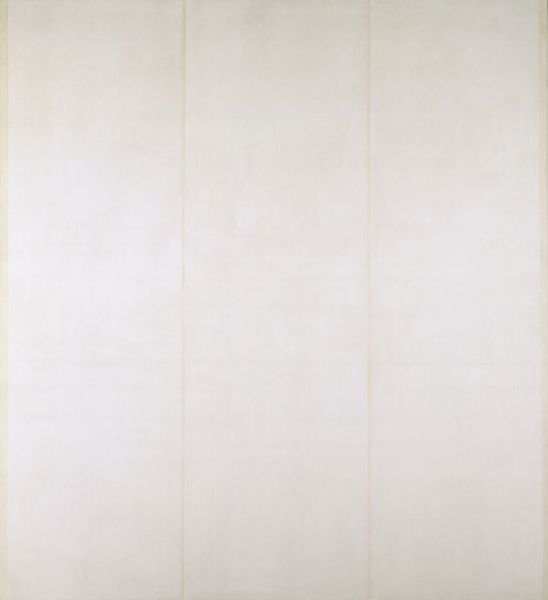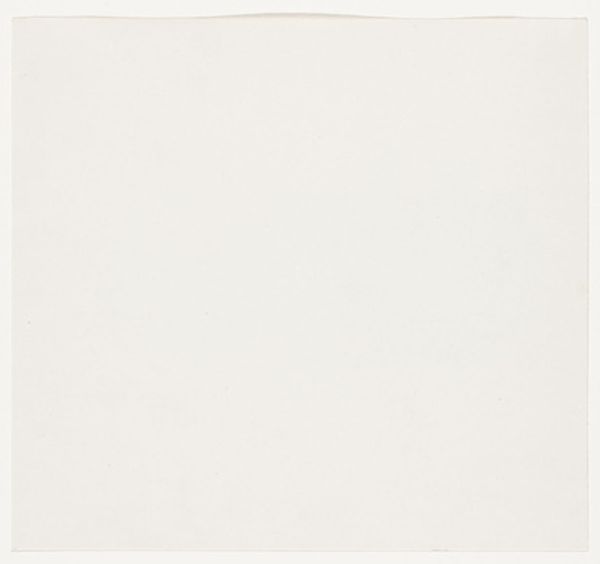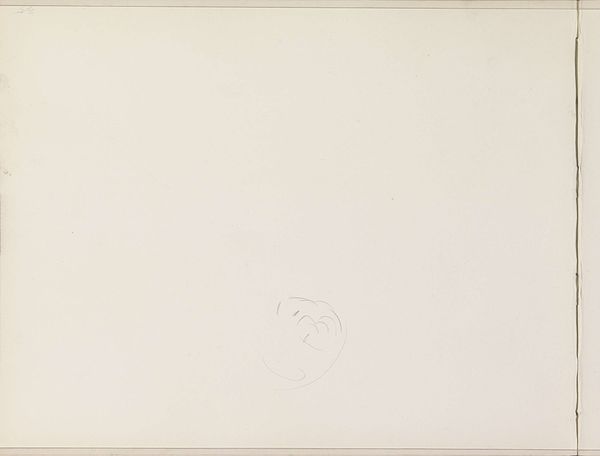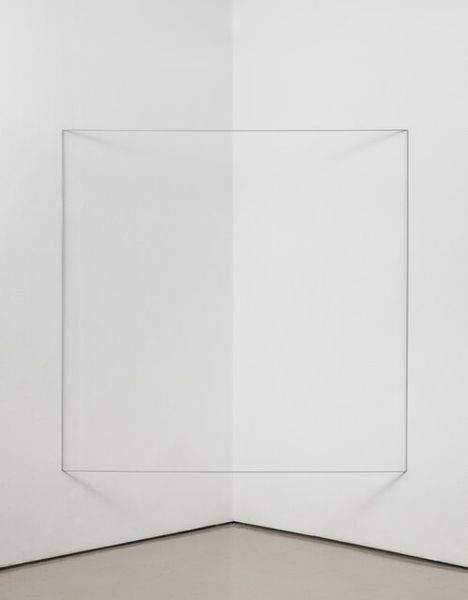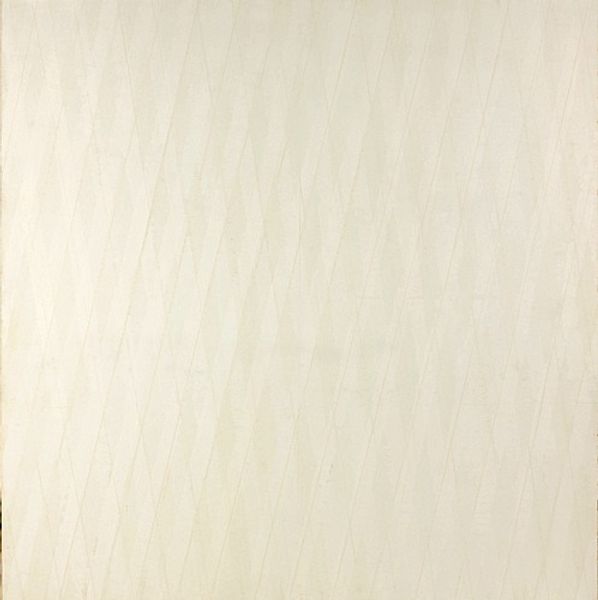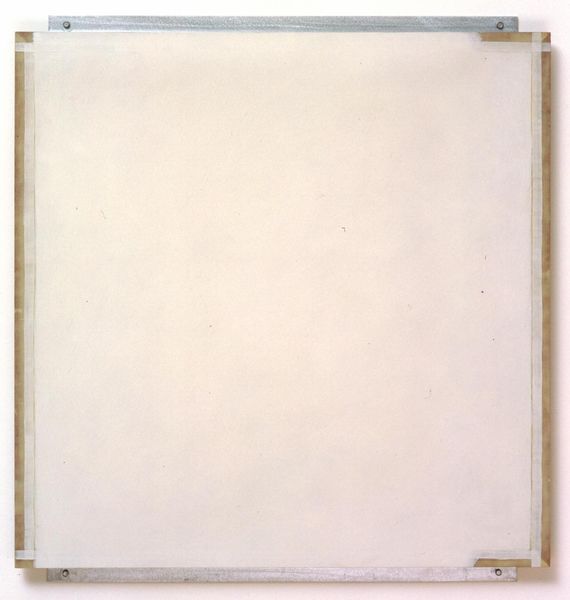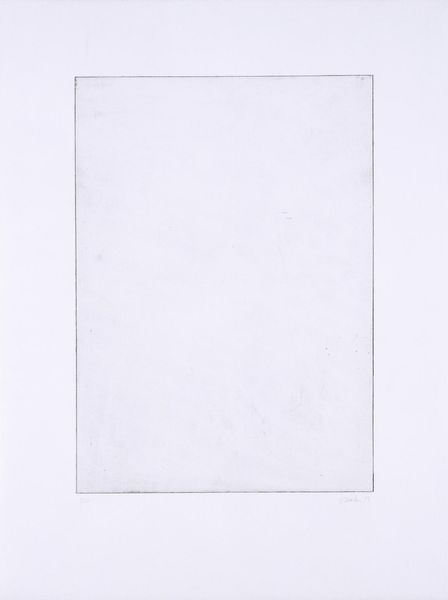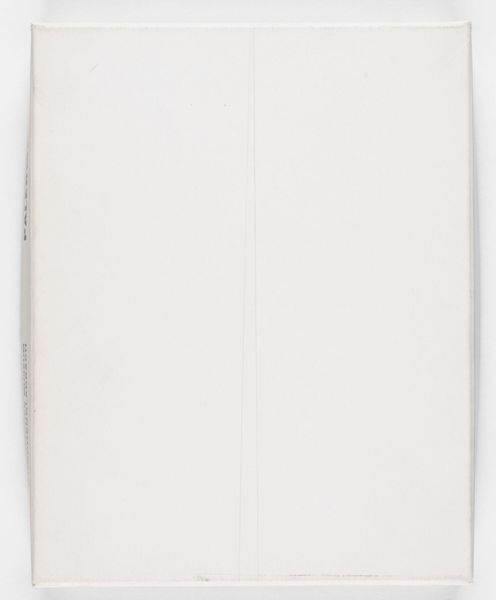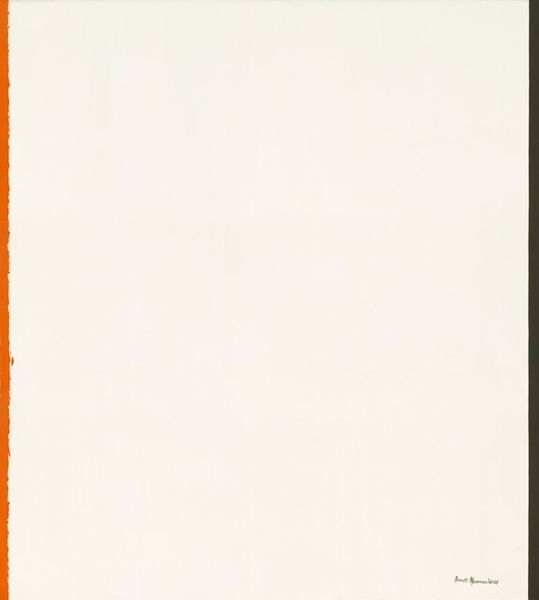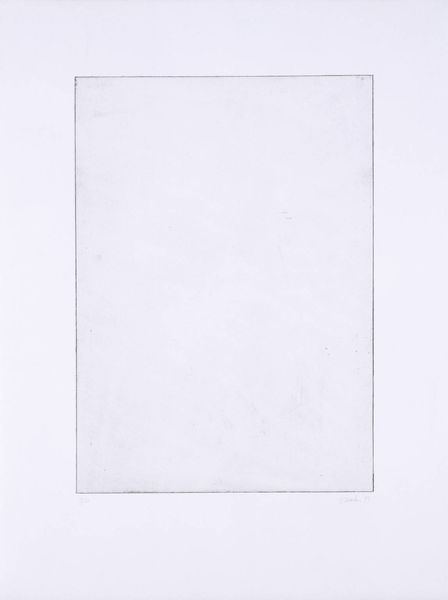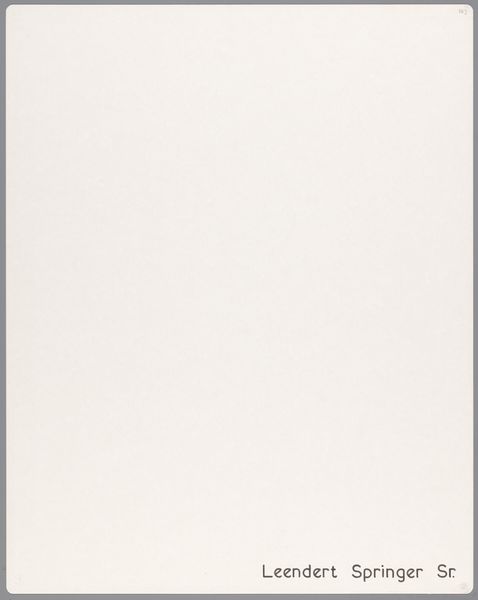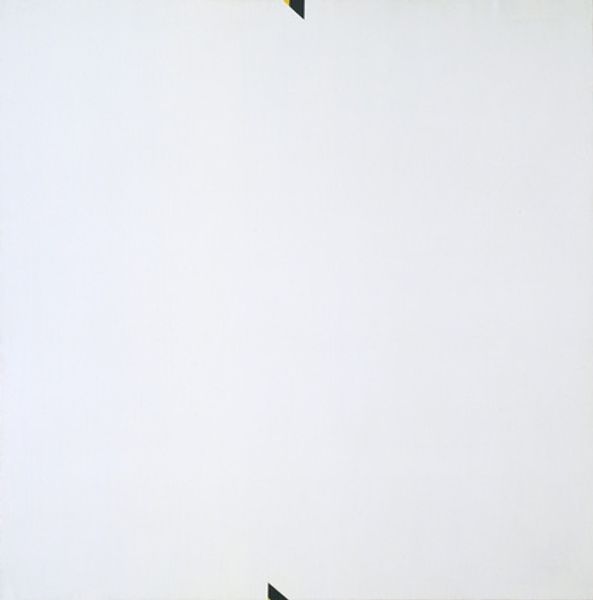
painting, oil-paint
#
abstract-expressionism
#
painting
#
oil-paint
#
white palette
#
abstraction
#
tonal art
#
modernism
#
monochrome
Dimensions: 60.96 x 50.8 cm
Copyright: Ad Reinhardt,Fair Use
Curator: Here we have Ad Reinhardt's "Untitled" from 1954, a painting rendered in oil. The work belongs to the collection here at the Whitney. Editor: It appears almost uniformly pale, ethereal—like gazing into a hazy mist. Curator: Reinhardt was deeply concerned with the materials and the making of art. In this work, you can see the careful, deliberate brushstrokes, building layer upon layer, each subtly modifying the tone and texture of the canvas. The work’s deceptive simplicity masks a rigorous exploration of the possibilities and limitations of paint itself. Editor: Indeed, but such simplicity speaks to more significant trends of mid-century existentialism and minimalism. The monochrome reduces visual noise, encouraging a contemplative state. One cannot help but see it in light of racial and gender dynamics, particularly the politics of white space within institutions. Who gets to occupy this space? Whose stories are valued, and whose are erased? Curator: Interesting. Reinhardt explicitly rejected any narrative content or symbolic meaning. He wanted his art to be purely abstract, divorced from the social and political turmoil of his time. This pursuit of “art-as-art” involved questioning conventional painting practices and pushing the medium to its bare essentials. What materials does it take to make something be seen as important? And by who? Editor: Well, despite the artist's intent, a work cannot be extricated from its cultural milieu. This “rejection” of social and political contexts becomes a statement in itself. By reducing the painting to this bare state, he implicitly engages with questions of power, representation, and visibility, or in this case, invisibility. The act of creating something this subdued speaks volumes about the anxieties and silences of the period. The frame even reflects the same color as the paint; where is the boundary? Curator: The subtle variations in the paint hint at countless hours in the studio—the labor involved. This, of course, also impacts the cost of the art, adding yet another layer of analysis. Editor: I agree. By removing clear signifiers, we are pushed to confront our assumptions. And that’s why, for me, it sparks endless interpretations. Curator: A powerful insight that truly connects to so much theory about the power of color. Editor: A fascinating glimpse into what abstraction can evoke.
Comments
No comments
Be the first to comment and join the conversation on the ultimate creative platform.
